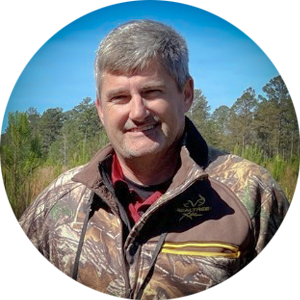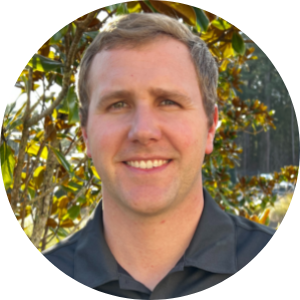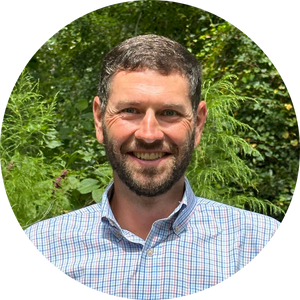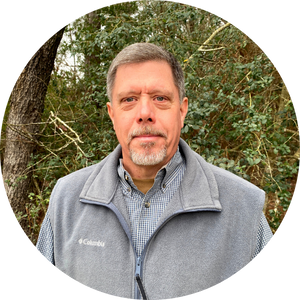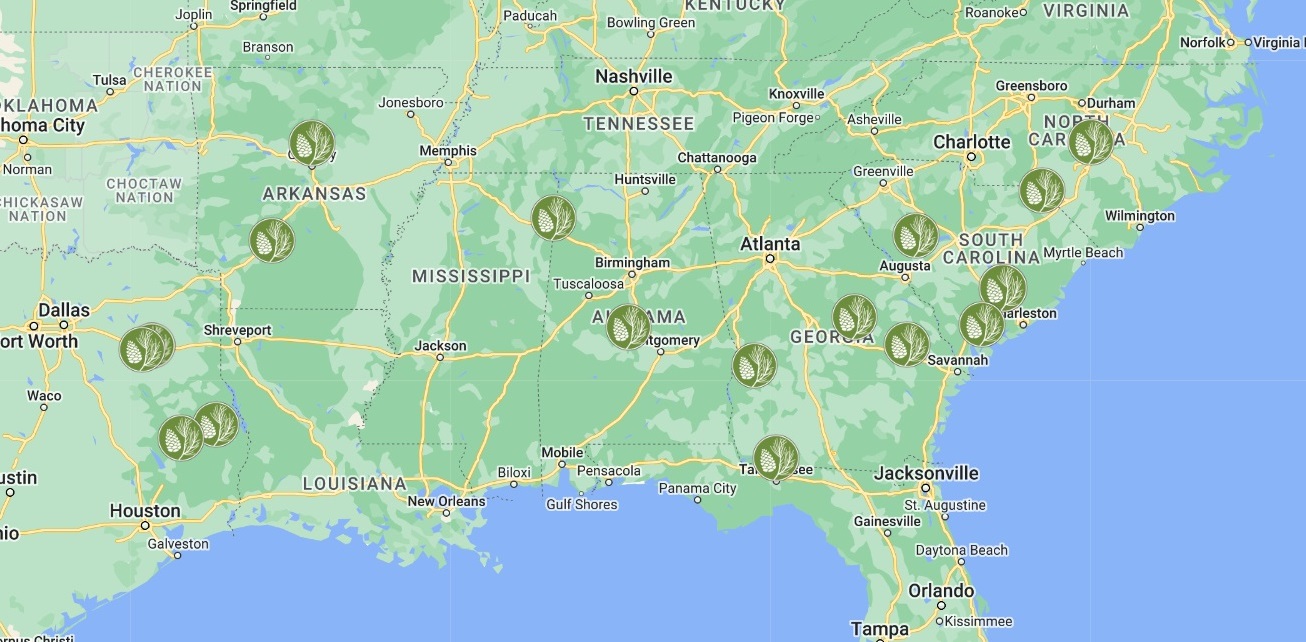Maximize Growth and Yield on Your Land – Getting the Most Out of Your Investment
Our Reforestation Advisors, who are both educated and experienced in forestry, have provided some recommendations to help ensure that your seedlings have the best chance of success. It’s important to remember that you, as the landowner, play a crucial role in implementing these recommendations. Practicing good silvicultural methods will ultimately lead to a better return on your investment. We are committed to providing you with the support you need to succeed in your reforestation efforts, and our ArborGen Reforestation Advisors are available to guide you every step of the way.

ArborGen MCP® 2.0 Coastal containers are being planted near Trenton, NC.
Make Sure:
- A rapid root system is established throughout the soil profile.
- Terminal buds are above the competing vegetation and animal browse line.
- Quick-growing seedlings (height and stem diameter) are large enough to withstand insects and other damaging agents such as fires, livestock, deer, wind, hail, ice, and snow.
Ten Proven Strategies for Seedling Success
- Apply herbicides to control weeds – the #1 enemy in a Pine seedling’s first year. Inspect the stand in late May or early June for a new crop of weeds, even if you applied herbicide in late winter or early spring.
- Seeking professional advice regarding herbicide use is essential. They can help you identify which herbicides are suitable for your location and how to achieve your desired level of control. Their expertise can also guide you in choosing the correct application method and time, ensuring the best possible outcome for your seedlings.
- Inspect the planting site for emerging Pine from seeds left in place after harvesting. These are harder to control because you’ll have to directly spray a herbicide onto the volunteer Pine seedlings without getting herbicide onto your newly planted seedlings.
- Monitor the site closely for signs of heavy deer browse on winter shrubs and vines near seedlings. Sites overpopulated with deer will browse on Pine seedlings if no better food source exists.
- Inspect your seedlings periodically to ensure no pales weevil activity is present. Look for stem girdling at the soil line on seedlings that show symptoms of yellowing or wilting. Stands planted within six months after harvesting could be susceptible to severe pales weevil problems.
- Protect the terminal bud (located at the end of a limb marking the end of that year’s growth) from tip moth larvae. The best time for treatment is at planting. Seedlings planted and treated after February 1st may not have adequate time to absorb enough chemicals to protect against the first cycle of tip moth larvae.
- Test the soil for phosphorous (P) with a local lab and follow their recommendations for fertilization at the time of planting.
- Fertilize with phosphorous if you have coarse, sandy soil or if scalping is performed before or during planting. Dormant season foliage analysis can help diagnose when nitrogen fertilization may be needed.
- Protect your seedlings from getting trampled by domestic animals such as cattle. Excluding domestic animals from your newly planted forest for the first two years is best. If you allow domestic animals in your new forest, keep all feed troughs and mineral supplement areas outside the newly planted area.
- Monitor seedlings throughout the summer for issues that may arise and notify your ArborGen Reforestation Advisor immediately if you see unhealthy seedlings.






